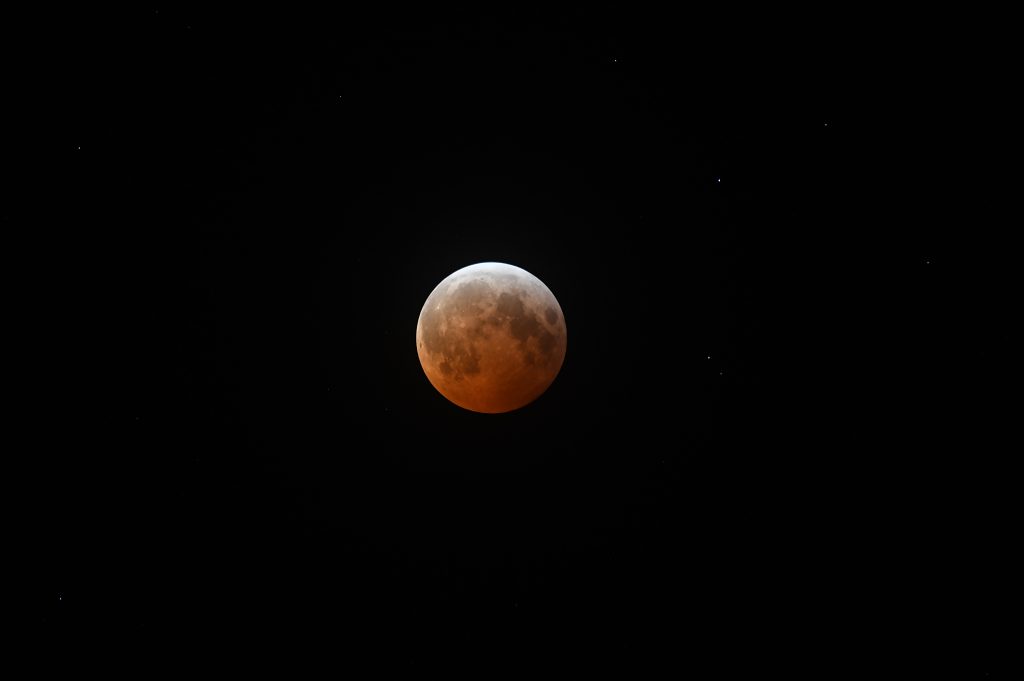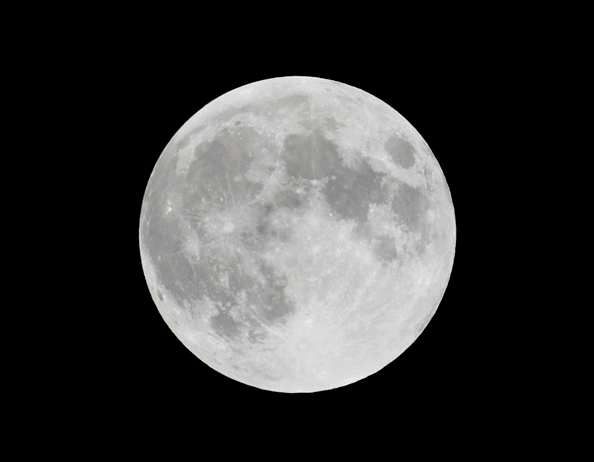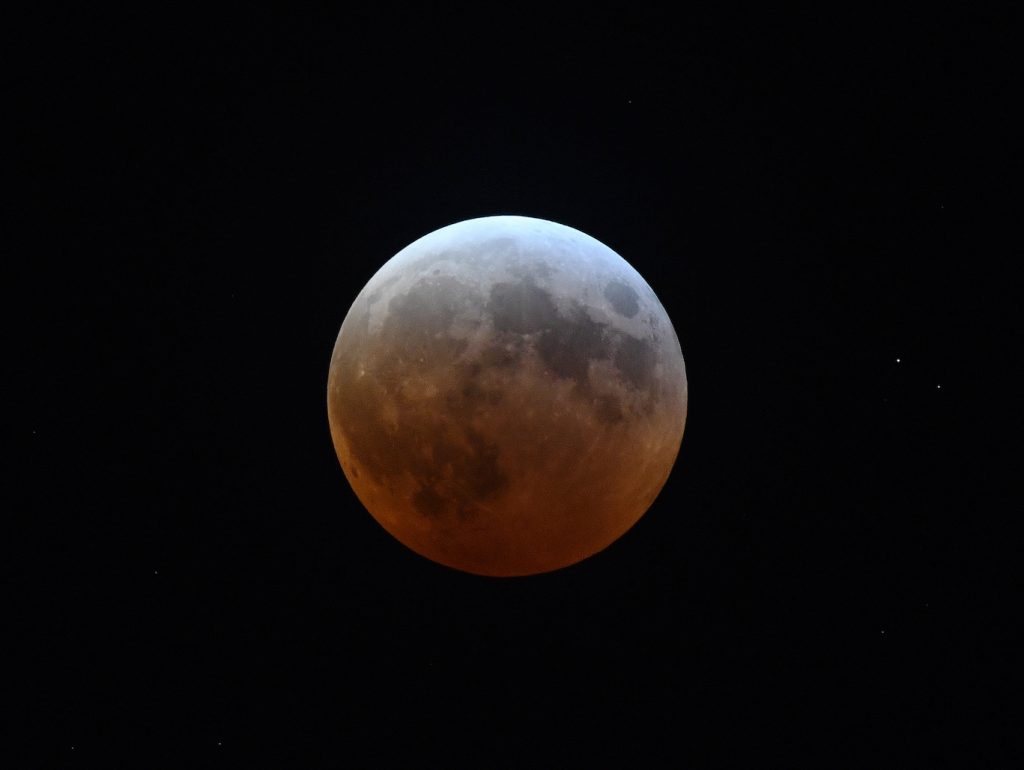
It has been a little while since Nashville has had the opportunity to view the splendor of a total lunar eclipse, nearly three years in fact. During brief gaps in cloud cover last September, we saw a lovely partial lunar eclipse during which a portion of the Moon slipped through the dark inner shadow of Earth (the umbra).
Starting just a bit before 11pm CDT on March 13, the Moon began its journey into the lighter, outer shadow of our planet. It would be nearly a half hour before there was any noticeable change in the appearance of the lunar disk, and even then the casual observer may not have noticed any change. The real action, however, began shortly after midnight when the Moon reached the Earth’s umbra. A small bite out of the Moon grew larger by the minute, eventually enveloping the entire Moon (totality) by 1:25am. As totality neared, a dull red hue could be spotted on the deeply shaded portion, which became more apparent as the remaining glare diminished.

One would imagine that the Moon should disappear completely when obscured by the Earth’s shadow. The situation is complicated by the fact that Earth (thankfully) has an atmosphere. Bluer colors of sunlight are more easily scattered by the atmosphere than redder colors, which gives rise to a blue sky and red sunrises and sunsets. Some of these warmer colors even make their way completely through the atmosphere to escape back into space, and due to refraction, the light’s path is bent slightly toward the Moon to provide the characteristic color of the “blood moon.” Not only is the red coloration easily picked up in photographs, cameras also reveal something more unexpected – a slightly blue fringe near the start and end of totality. This bluer coloration is due to high altitude ozone in our atmosphere scattering redder sunlight but passing through the sun’s bluer rays.

Totality ended around 2:30am, and the Moon completely exited the umbra by 3:47am. Another 73 minutes brought the Moon completely out of Earth’s shadow, restoring it to its former glory (or at least what intervening clouds would permit). The next total lunar eclipse occurs on September 7 of this year and will be visible for the other side of the globe. March 3 of 2026 will bring Tennessee its next lunar eclipse, which also happens to be a total lunar eclipse. Due to the much later start time (2:44am CST), the Moon will reach total eclipse only an hour before setting. Still, it ought to be a nice show, and seeing the Moon in total eclipse as the glow of dusk brightens the sky can be a rather surreal sight.